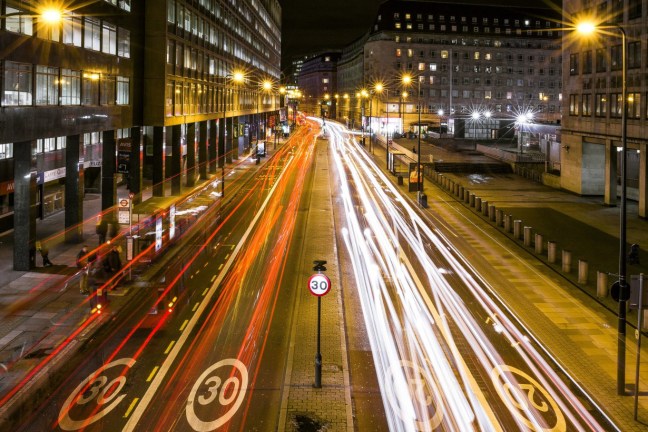Pollution
And not just air: It’s also the sewage and water pollution. Most of the pollution seems to come from chemical and pharmaceutical companies. Untreated, these wastes can lead to high levels of carcinogens in the drinking water, which is not always purified. Corporate citizenship and stronger regulation and transparency would help curb this, but are unlikely in the near future. Furthermore, many numbers are “fudged” by city leaders to make their city appear cleaner to get more incentives from the government.
Overpopulation:
While Beijing can sustain its natural growth rate of 4%, its carrying capacity is currently higher than is sustainable. As a metric, 500,000 people move into the Beijing area every year. This creates issues in gender balance, food supply and consumption, sanitation and lack of landfills, water shortages, increased housing prices, lower birth rates, higher death rates, and even (eventually) sunlight availability. As an example, Beijing boasts roughly only 10% of water availability per capita set by international standards. Fortunately, Beijing is very spread out and not confined geographically, but resources will be moved around less and less efficiently.
https://www.quora.com/What-are-the-major-problems-of-the-city-of-Beijing
